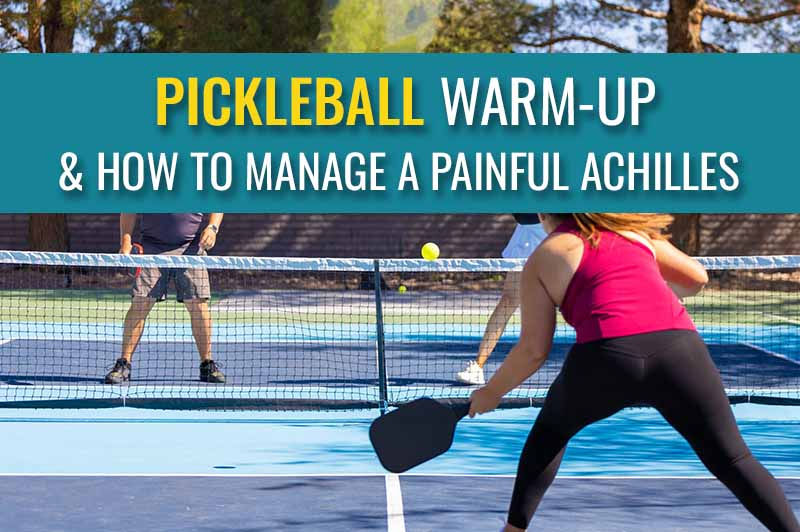Stretching for warm-ups and cool-downs
- Alison Gould

- Jun 19, 2019
- 4 min read
Updated: Nov 10, 2024
In this article, I look at the current thinking on the best type of stretches for warm-ups and cool-downs. This follows on from my previous article “Is stretching a good idea for Achilles tendinopathy/tendinitis?” Remember, if you need more help with an Achilles injury, you're welcome to consult one of our team via video call.

In this article:
What types of stretches are there?
There are two main types of stretches: static and dynamic.
Static stretches are where a position is held whilst stretching a muscle for a period of time.
Dynamic stretches are movements you do with your body/joints/muscles. These are similar movements to the sport or activity you are about to do and are performed in a controlled manner but without holding a position still.
When to use the different types of stretches in warm-ups
Evidence for stretches for warming up is a mixed bag. Static stretches, i.e. ones that you hold, are better at improving your range of movement than dynamic stretches (ones with movement), although they both do work. This improved movement is short-lived, but perfect for a warm up before a sport. The optimal time to hold the stretch is between 30 and 40 seconds. This does not affect your performance and allows for the increase in movement.
Holding a stretch for more than 45 seconds has been shown to decrease performance. If your sport does not need a large amount of movement (for example running versus ballet), you may find that doing dynamic movements only are appropriate.
Following static stretches with dynamic stretches that are suitable for the sport you are warming up for is important. For example, when running, the dynamic warm up needs to include the joints you will be using, e.g. hips, knees, ankles, and toes. It could include things like hip swinging, kicking the buttocks with heels when lightly jogging on the spot, or backwards stepping lunges.

Dynamic movements have been shown to improve muscle force and power, which can help with more propulsive types of activity, e.g. sprinting. However, it is important to not overdo this and tire yourself out before running, as this may decrease performance. The links between this and injury prevention is limited but suggest that the increased mobility, lubrication of joints, and increased blood supply to muscles from dynamic warm-ups can lead to better preparation for activity,
When to use the different types of stretches in cool-downs
When cooling down, static stretches are a good choice to restore your flexibility and movement of the muscles you have used. Neither static nor dynamic stretching has been shown to decrease muscle soreness an activity.
What should I do if my muscles feel tight?
Some runners typically report tightness in their hamstrings, hip flexors, calves, and quads. The important thing is to identify why these structures are tight. Is it due to a lack of control, strength, injury, or fatigue? Most of these answers come back to how robust this chain of muscles (see pic below) are to handle the job they're being asked to do. The solution is often to increase the control and strength rather than stretching.

If you are suffering from an injury or your muscles feel tight, it is worth gaining advice and/or an assessment to establish why this might be the case. There is little evidence to show stretching for stretching's sake reduces injury risk, and it also doesn’t increase the length of your muscle for a long period of time. Addressing why it is tight will help in the longer term and seeking a professional's advice on this is important.
If you have an Achilles tendinopathy/tendinitis please read my previous blog before you embark on any calf or Achilles stretching regime, as this may not be useful and could flare your symptoms up in the first instance.
How we can help
Need more help with your Achilles injury? You’re welcome to consult one of the team at TMA online via video call for an assessment of your injury and a tailored treatment plan.
We're all UK Chartered Physiotherapists with Master’s Degrees related to Sports & Exercise Medicine. But at Treat My Achilles we don't just value qualifications; all of us also have a wealth of experience working with athletes across a broad variety of sports, ranging from recreationally active people to professional athletes. You can meet the team here.

About the Author:
Alison Gould is a chartered physiotherapist and holds an MSc in Sports and Exercise Medicine. You can follow her on LinkedIn, Facebook, Instagram or Twitter.












